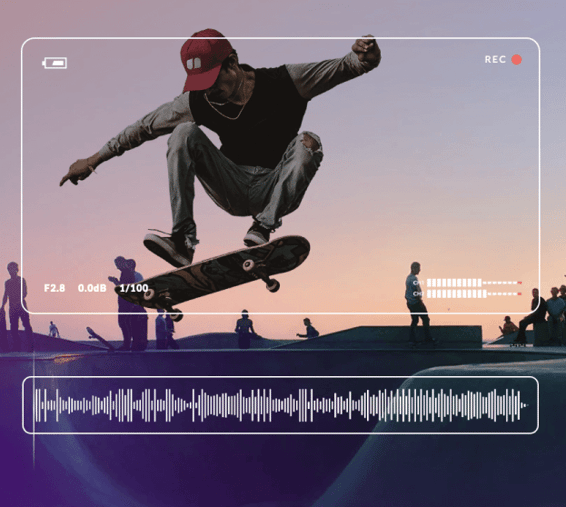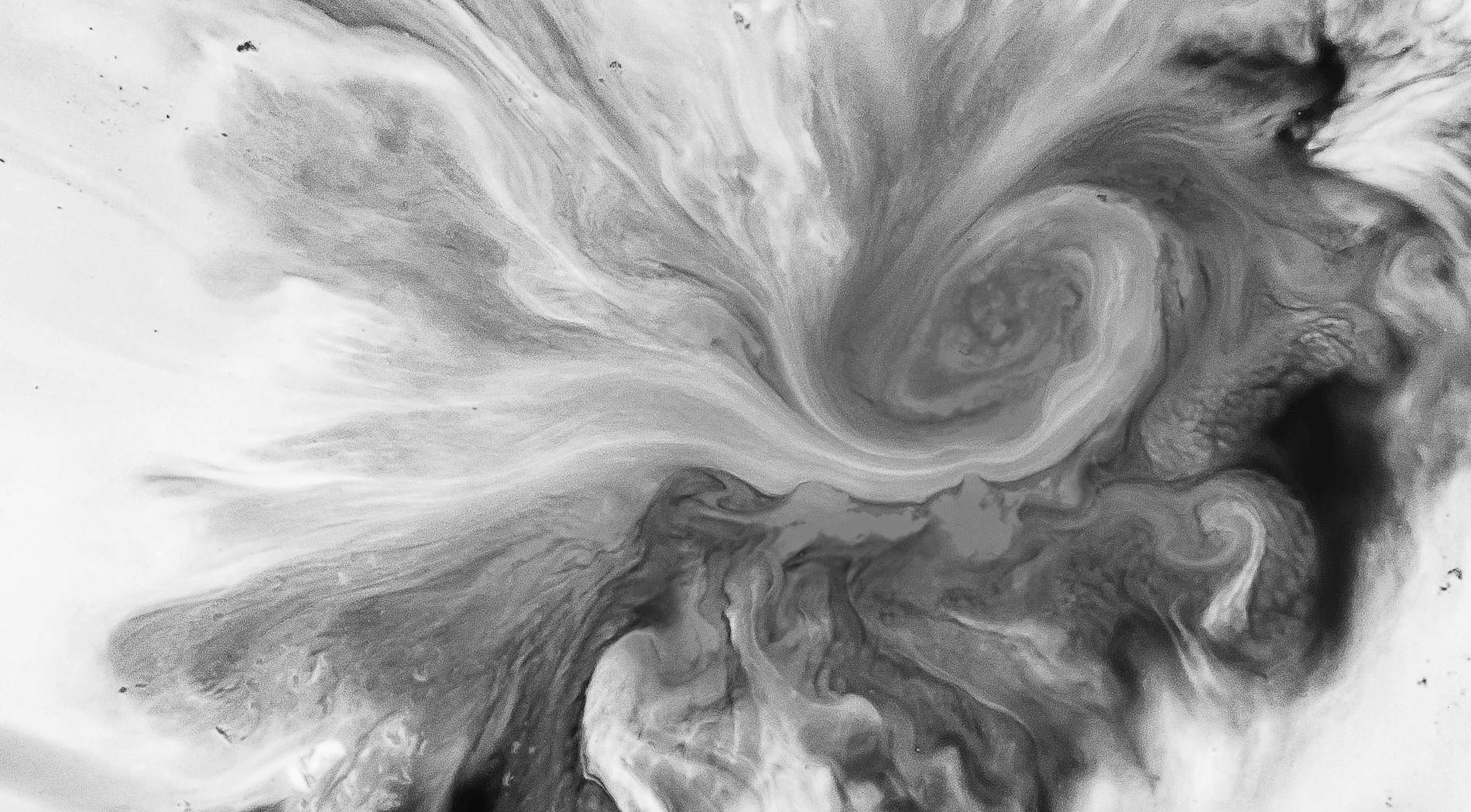Welcome to Outstanding
Royalty Free Epic Music






Listen to our Best Royalty Free Epic Music
We know the right song can make or break your project. That’s why every track in our library is vetted by award-winning producers. Hear for yourself. We've curated a playlist with our best royalty free epic music.
Looking for something different?
We got you. From classical to hip hop to indie, our audio library contains thousands of outstanding tracks. Use one of our 13 filters or check out other curated playlists to find what you need in minutes.
BROWSE THE FULL CATALOG
Dead Simple Licensing
Never worry about licensing again. With Soundstripe, your membership covers the cost for every song license. Just find the right track, download the file, and get a custom license. That’s it. No channel or media-specific fees, no recurring royalties, ever. Here’s more good news: you have unlimited licenses. Go ahead, download as many songs as you want.
Your All-In-One Guide to Royalty Free Epic Music
“Epic” has become an almost cliche word these days, something people use when discussing cinematic videos, extreme sports, or trick shots.
But one look at Merriam-Webster puts it all back into perspective. The dictionary defines “epic” as something that reaches “beyond the usual or ordinary especially in size or scope.”
How does that translate to epic music? And, specifically, to royalty free epic music for videos?
As a filmmaker or content creator, you know the value of good storytelling. The best way to reach an audience is to captivate them, guiding them through emotional highs and lows as they watch your work.
Of course, even that might sound vague — too vague to help you understand why you should consider royalty free music in your next project.
But to help you see everything a little more clearly, we’ll cover why people love epic background music, how you can use it to make your next project better, and where you can find songs to use in your videos.
What Is “Epic Music” Anyway?
Epic music is the idea of a song (usually instrumental or cinematic in nature) that drives home a very clear feeling. It might be inspirational or even spiritual. Maybe it’s meant to get our hearts racing with adrenaline.
Whatever the case, epic songs pull us out of our immediate surroundings. Music sparks our imagination, and that adds a very powerful layer to how people experience visual content.
One of the easiest ways to determine if a song is “epic” is by the mental image we associate it with. If listening to a piece makes you think about moments of epicness (like the Spartan charge in 300 or the last ride of the Rohirrim in The Return of the King) then the song fits this category.
Here’s an example:
But there are some cases when a song isn’t associated with a specific visual. And yet, when you listen to it, you feel those same emotions, the soaring joy of unexpected success.
Beyond writing The Lord of the Rings and establishing fantasy as a popular entertainment genre, J.R.R. Tolkien spent a big part of his adult life working on the Oxford English Dictionary.
Tolkien’s grasp of language played a huge role in his writing. While his books aren’t for everyone (often because of how wordy they are), his background in linguistics empowered him to create his words that filled “gaps” in the English language.
One of these invented terms (and probably his most popular one) is eucatastrophe. This word names a concept that most people are familiar with, even if we never had a word for it before: it is “a sudden and favorable resolution of events in a story.”
In other words, eucatastrophe means a happy ending. And even more specifically, it’s a happy ending pulled like a rabbit from the hat of “impending defeat.”
This concept or emotional feeling is like a compass for most epic music tracks. It’s something you can certainly feel, but it’s difficult to outline a hard and fast definition for what makes a song fit into this genre.
Most explanations tie the genre back to soundtrack music and the idea of “capturing the emotion of a scene,” even without the visual associations of a film or game.
But one of the best (and only) technical explanations we’ve ever read was from a musician on a community forum site. That composer broke down “epic music” into four specific criteria that you can look for when deciding if a song fits this genre:
-
Does the harmony change? Harmonies (or how instruments cooperate/sound together) establish relationships in songs, and changes in them can affect a listener’s emotions.
-
Do the instruments reach a high point? Epic songs often let instruments play some of the highest notes they are capable of producing, which can create that “soaring” sensation in listeners.
-
Does the climax feel epic? Music often changes meter at climactic moments to imply some sort of change occurring. That matches our experiences in life, climbing from low points to reach emotional summits.
-
Is there a common tone? One instrument will often play a repetitive note or melody, providing a sort of musical baseline. It’s a recurring trait in this type of music because it fills out the “sound” of the piece without commanding too much attention.
Can you see a theme? Epic music really leans into emotion. Songs in this genre aim to affect our emotional response, and they often hit the same points as inspiring songs or motivational songs. But the pure heights that this music reaches belong in a category all their own.
Examples of Epic Music
Of course, not every song sets out to capture the melancholy feeling of life’s struggles or the joyful heights of eucatastrophe. Some epic background music paints a picture of adventure, or mystery, or an otherworldly environment.
But even in those cases, the songs will still match the criteria listed in the last section. There are a lot of rules that composers follow, and that can help us find trends even as styles of music change and evolve.
Here are some examples to help you hear how the “pieces” of epic music comes together, regardless of the song’s tone:
Two Steps From Hell is a musical duo that’s been writing some of the best music for 15 years. You’ll hear their work in trailers for blockbuster films, best-selling games, and even Super Bowl ads. They’re the real deal, and their entire business is built on epic music.
While this song might not be their most popular track, it hits a variety of emotional tones while mostly delivering a sense of adventure. The song is a medley of different concepts, but each section still checks off all four of the criteria for epic background music.
Musicians on YouTube are an insanely talented bunch — they’re also the source of most epic music available today. And if you’re curious if other songs could become epic-ified, the answer is a resounding “YES!”
Here is one artist’s take on an epic version of three of Beethoven’s most popular compositions:
It’s a blend of familiar music with a very different feel. Pretty much everyone has heard at least one of these pieces, but never in this style.
That just goes to show how even the most recognizable piece of music can be emotionally supercharged.
And just to prove that point, here’s an epic take on Carol of the Bells (which, to be fair, has always been pretty epic anyway):
Of course, these are just examples of epic music — they don’t show you how this genre could impact your next project or the one you’re working on right now.
Let’s talk about which types of videos would benefit most from using this type of music.
Using Epic Music In Different Types of Videos
Now you probably guessed that epic music won’t work for every project on your calendar. It’s a genre written to tug on our heartstrings, after all. But there are some types of projects that can really benefit from epic songs in the background.
We included a few examples in the last section, but there are other ways that filmmakers and storytellers use this genre to achieve their narrative goals.
One of the easiest ways to really benefit from epic music is in travel videos. Whether you’re a vlogger, a documentary maker, or a filmmaker looking to upload a video about your summer trip, adding epic music can really boost the emotional impact of the visuals.
(For even more music inspiration for travel videos, check out this blog post.)
Electronic beats and synths are another way to deliver epic music without the traditional orchestra and strings sound. But even in those cases, you can still see the same concepts of harmony changes and instrument highs.
This one’s a personal favorite when it comes to action-centric videos that keep an epic tone:
Another great use of epic music is in trailers. It’s a way to deliver a lot of emotion in a short period of time, and Hans Zimmer is one of the most influential film composers.
He’s also famous for taking epic music and infusing it into entire soundtracks. You’ll hear these thematic elements in The Dark Knight movies, Inception, and the trailer for the upcoming Tenet:
Zimmer’s peculiar style has become an integral piece of Christopher Nolan’s films, which goes to show that epic music is more than just something for 2-hour YouTube compilations and extreme sports videos — it’s something that benefits any video if used correctly.
Finding Royalty Free Epic Music
Knowing what epic music is and when to include it is helpful, but now it’s time to look at using those songs in your own video projects.
Yes, that means it’s time to talk about music licensing and royalties.
Music works like any other artwork or piece of intellectual property. If you want to download and enjoy a song, you’ll have to pay for it. That’s your way to thank the artist for creating something that brought joy and/or entertainment to your life.
But when it comes to including someone else’s work in projects that could potentially earn you money — like a TV ad or short film or even a vlog — you need to pay to license that song. And music licenses cost a whole lot more than iTunes .mp3 downloads.
Pretend that great epic song you love is a cherry pie. Well, making that pie required a lot of effort, and everyone who worked on it expects a slice of the final product.
To license the music, you are paying to make sure that every person with claims to a slice of that cherry pie gets compensated for their work. (And license holders include the artist, songwriter, lyricist, any guests who performed on the track, the record label, etc.)
That list can be as short as one name or as long as a dozen. And that number (combined with the song’s success and sales numbers) will inflate the price that you’ll end up paying to license the song.
You can apply the same logic to royalty payments. If your video includes a song that you heard on the radio, chances are that it’s pretty successful. And if your video does well enough to generate revenue, then the song’s license holders will claim the song played a role in your success.
It all can sound kind of depressing. If you can feel your hard-earned cash slipping away from you, don’t worry: That business model is the old-fashioned music licensing process.
Frankly, as a team of creatives, the whole Soundstripe team thinks filmmakers deserve a user-friendly way to get music for videos. We aren’t interested in tradition for tradition’s sake.
That’s where the concept of “royalty free music” comes in. It’s a way to avoid monthly royalty fees, no matter how viral your next project goes. You’ll still pay to license individual tracks, of course, because that’s just part of paying the artist for their creative work/effort.
But when it comes to the other contract and copyright things, you won’t have to worry about sharing the profits from your work. So long as you purchased a license, the company you got it from will handle the royalty payments.
And if that seems like the easiest way to get access to royalty free music, just wait. Soundstripe makes things even easier for you.
Think of our company as a music and sound effects subscription service. You pay for Netflix, Disney+, and Spotify Premium because you want access to lots of high-quality content. If you sign up for a monthly or yearly Soundstripe subscription, you’ll get unlimited access to thousands of royalty free songs.
With Soundstripe, all you have to pay for is a subscription. And once you’ve picked a song to download, you’ll get a license to that song forever.
We’ve partnered with some of the best musicians around to create our music, and that means you’ll never have to worry about paying for individual licenses or finding great music.
Soundstripe’s goal is to hook you up with awesome music, because we want to help you keep creating the content you love — and making it even better.
Looking for a different type of royalty free music?
At Soundstripe, we’ve curated a royalty free music catalog with thousands of songs that you can license anytime for any project. So if you’re looking for a specific genre, mood, or characteristic, you’ve got a ton of options.
Here are some resources that can help jumpstart your search for great quality music:


Have questions? Give us a call
855.224.0847
Soundstripe - Unlimited Music for Video
© 2017-2020 A Product of Soundstripe, Inc
Nashville TN



